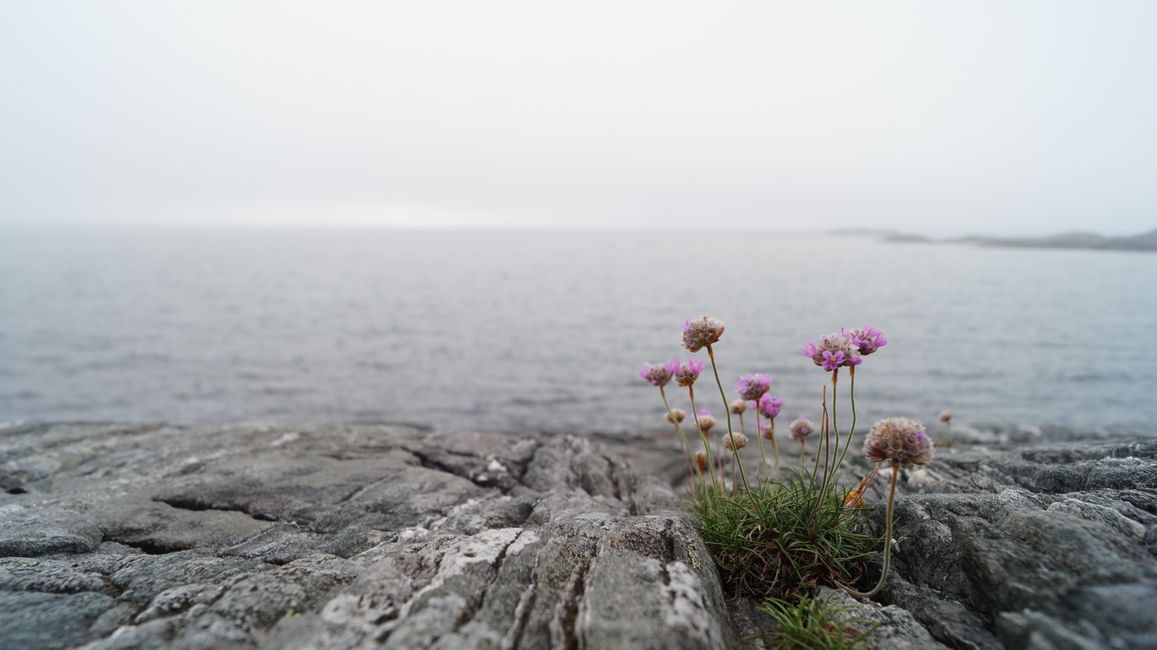Lammetun - How can a piece be so beautifully beautiful and still trigger so many bad memories?
પ્રકાશિત: 12.07.2020











ન્યૂઝલેટર પર સબ્સ્ક્રાઇબ કરો
After a short day of work and a bit of shopping for elderly people, I decided that I had to do something active somehow. At first I could play a little on a piano, but that's not enough either. I sat in the car and drove off.
My journey ended by the sea, at the coastal fort of Lammetun. Already on the journey it could be seen how clouds slowly formed over the fjord, at the sea itself it was completely foggy, fitting the occasion of my visit and the atmosphere there. The coastal fort was built by Germany during World War II, including cannons and ammunition storage. It can hardly be seen from the coast, but it catches the eye. The facility is huge, there are several gun towers hollowed out from many corridors.





By the sea, just a few meters away from the surf, a small bench is set up. The waves come quietly and deliberately to the shore, it has something meditative. When you sit here and look out at the skerries in the mist of fog and the sometimes emerging sun, you become calm, you feel undisturbed - just me and the sea. The mood becomes thoughtful, as this place is influenced by its past.
The fort is not signposted, it seems as if the Norwegians want to forget it and give this place a new connotation - with fun and great holidays, there is a campsite next to it.
There is a busy hustle and bustle, time and again I think I can hear cannon shots and see soldiers running around on the hills; how is it possible that the war captures this idyll, this peaceful spot of earth?
The war, the past, is like the sun that occasionally comes through the foggy mist and reveals islands, lighthouses, even submarines, and then disappears again, letting them disappear into the mist. The past is sometimes allowed to shine through.






ન્યૂઝલેટર પર સબ્સ્ક્રાઇબ કરો
જવાબ આપો

મુસાફરી અહેવાલો નોર્વે

